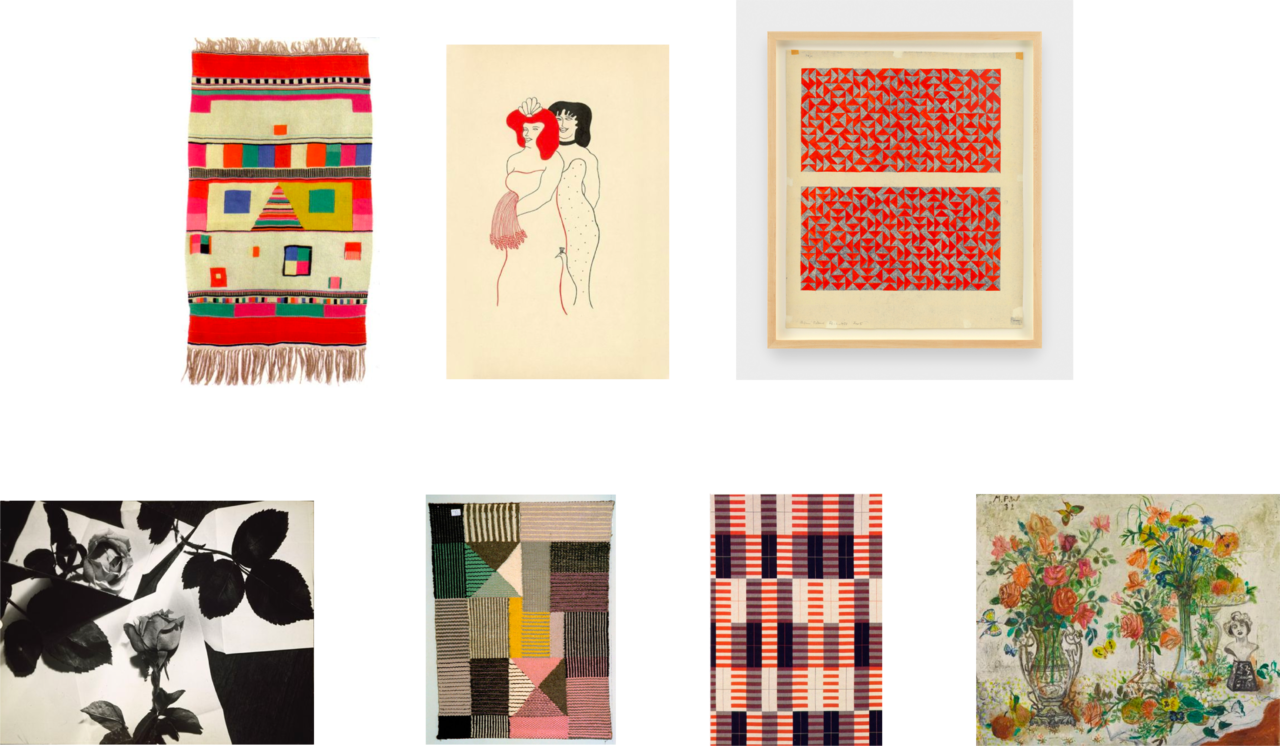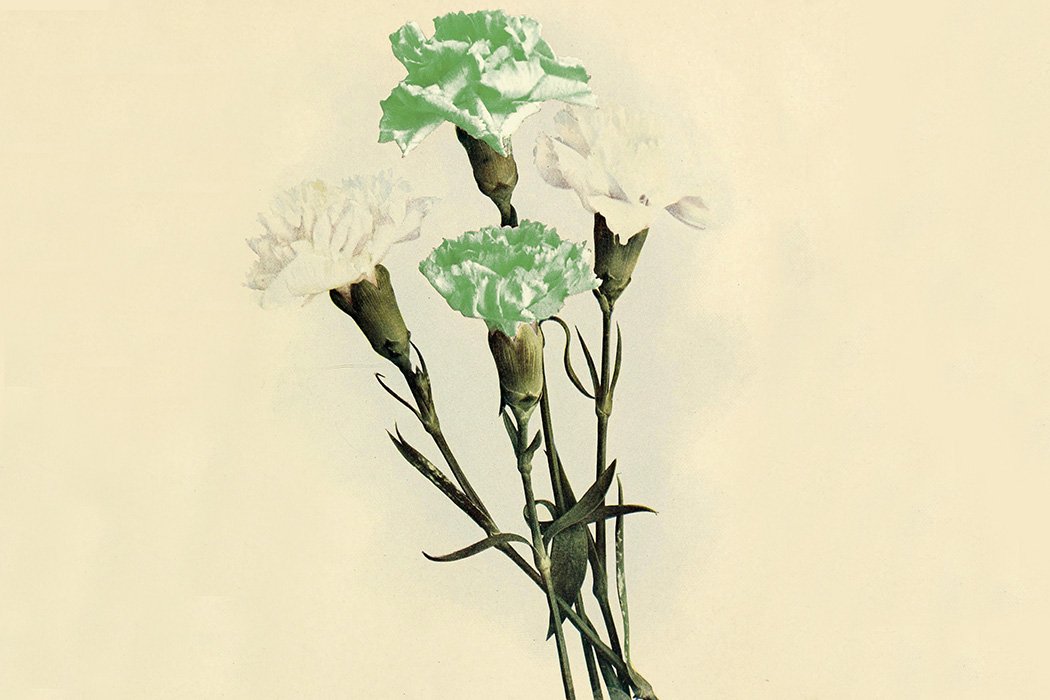
Queering the Bauhausstadt
RESEARCH / IDENTITY / GRAPHIC
Research and experimentation on patterns to represent the Queer, LGBTIQ+ and feminine side of the Bauhaus from today's perspective. The patterns are to be used as part of the Anhalt University of Applied Sciences’ involvement in Cristopher Street Day Dessau-Roßlau.
The first CSD in Dessau-Roßlau in 24 years took place on May 21st 2022. To create a visual identity for the University's participation in the event, I started by researching our own institution's identity. The location of our school is closely related to the Bauhaus and its heritage. That is why I aimed to use famous Bauhaus artworks as a source of inspiration for this.
The main challenge was to find a pattern that could represent the LGBTIQ+ community besides the famous Rainbow Flag and its variants, while also relating it to the University's own identity.
Student project realized with the guidance of lecturer Mauricio Sosa Noreña for the Patterns Galore! expertise course at Hochschule Anhalt.

Research
I started by researching all the symbols that have been used by the LGBTIQ+ groups to communicate unity, pride and self-identification. Among them, we can find the triangles used to label gay men and queer people in concentration camps, along with less known symbols like the lambda, the labrys and the purple rhinoceros.

During my research, I found a very interesting book by Elizabeth Otto, called “Haunted Bauhaus: Occult Spirituality, Gender Fluidity, Queer Identities and Radical Politics”. It is about this hidden and “erased” aspect of the Bauhaus. If we think about its heritage, it is mainly represented by straight cisgender men. However, the women and queer people are also an important and highly valuable part of it.

© Elizabeth Otto
Some of these queer people in the Bauhaus were Max Peiffer Watenphul, Margaret Leiteritz and Florence Henri. I used their work as source of inspiration, along with women’s production inside the textile workshop, as both communities were excluded or erased to some extent.

First Experiments










Queer Plants
At the same time, I started researching plants used to represent the LGBTIQ+ community throughout history to try a botanical illustration approach. I found 4 of them in the interesting article “Four Flowering Plants That Have Been Decidedly Queered” by Sarah Prager: Violets, Pansies, Green Carnations and Lavender.








Using Procreate, I illustrated the 4 plants and then vectorized them in Adobe Illustrator. By combining floral illustrations and the 6-colored Rainbow Flag and its color scheme, I created a pattern that could be used to represent queer identities from a different perspective.


Tangram
The Tangram is a popular puzzle invented in China, widely used for education. Like any puzzle, different pieces are assembled to create something bigger. It can be used as an analogy for the LGBTIQ+ community and how it is built by its diverse elements, while also revisioning the triangle and its meaning for queer identities.
Many textile works by Anni Albers make use of the triangle patterns. They are mostly isosceles triangles, which differ from the equilateral triangle used in concentration camps. At the same time, it is the same triangle that is used as the most basic unit of a Tangram. I designed a pattern by combining both ideas.


I finally decided that the Rainbow flag and its colors' order is a basic unit that should be present in the final result. If a pattern includes just the colors without any specific order, it loses its meaning and relation to the LGBTIQ+ community.

Usage
The final pattern has the potential to be used as an important element of the University's involvement in the CSD Dessau-Roßlau. It can be applied into flags, banners, pins, condom packaging and other goodies that can be produced for the event.








